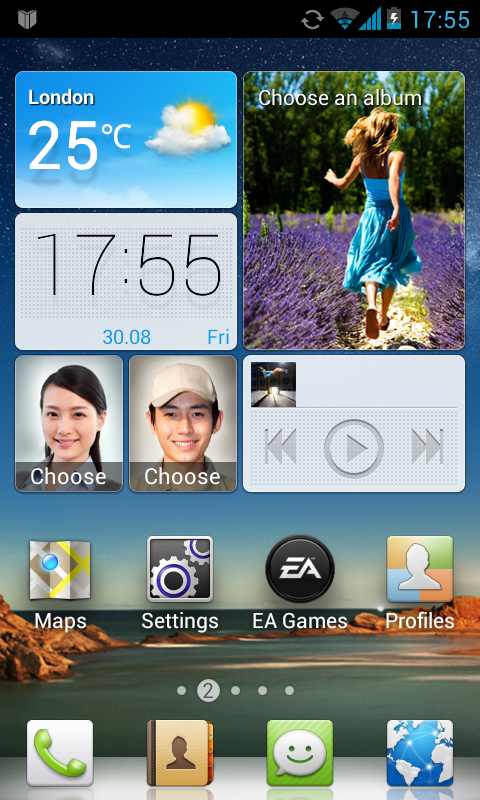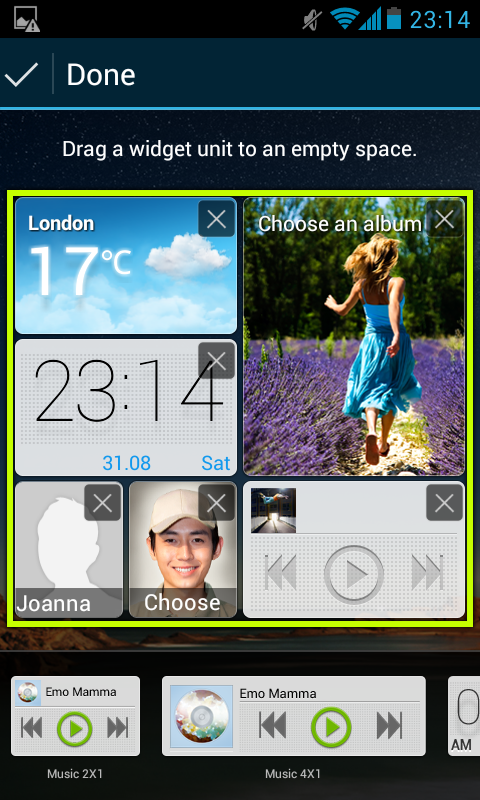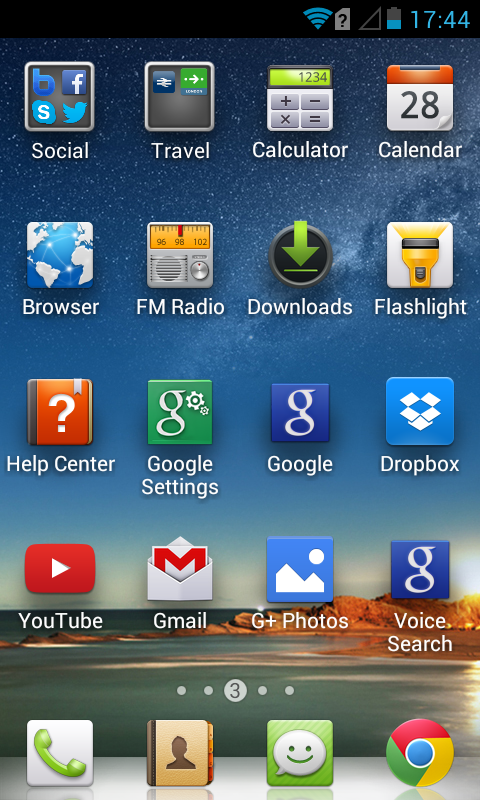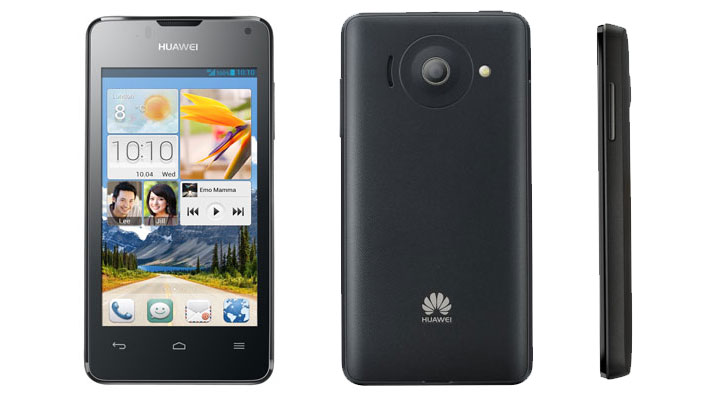Why you can trust TechRadar
The Huawei Ascend Y300 arrives with Google's Android 4.1 operating system on board, with no word if/when it will be upgradeable in the future.
On top of this is Huawei's own creation – the Emotion User Interface - which takes some getting used to but is over all is not too much of an awful addition.

Although we do have to admit, stock Android beats Emotions UI hands down. We say this because stock Android is on average less buggy, easier to use, and nicer to navigate.
Presumably Huawei finds the tiled homescreen feature essential, as it is the dominating feature of the homescreen, with the possibility of only limited customisation.
For example, we could remove the picture album widget and replace it with the bigger music player, but what if we didn't want any of these options at all?
It all feels a little bit too forced, however we did use the quick call contact widget quite a lot when we tested this device and found that to be very useful.
Of course you can always easily delete this widget if you don't fancy looking at it every day.

We found the Emotion UI on the Ascend Y300 slow to load after exiting apps, and the device would often take several seconds (on occasions up to 10 seconds) to load the home interface, leaving you staring at a blank page.
The default set up with the phone needed to be changed instantly, we decided to remove the pages off empty space containing only four apps, and reshuffle the remaining items into some sort of relevant order, grouping relevant apps into folders.
The phone comes with 5 preinstalled themes, which were gladly appreciated whilst tinkering with the handset. The default theme in our opinion was borderline appalling and didn't feel 'grown up' in terms of icons design.
The device is aiming for a younger market, which is obvious from the instant viewing of a smiley faced messaging icon.

Thankfully themes are readily available to download and install from many websites online with a quick Google search. Although it's worth noting they needed to be downloaded to a computer and transferred to the phone before they could be installed.
The phone came with a few preinstalled apps from Google, including Gmail and YouTube to keep you connected and entertained.
Accessing the notifications area is as easy as swiping down from the top status bar, You will then be presented with a familiar screen of toggles for commonly used settings and notifications of recent activities.
Overall the experience of using the Huawei Ascend Y300 is slightly sluggish and we found the device to be slow and unresponsive at times, which we put down to the lack of processing power in the 1GHz dual-core chip and the hefty ever-present Emotion UI.
